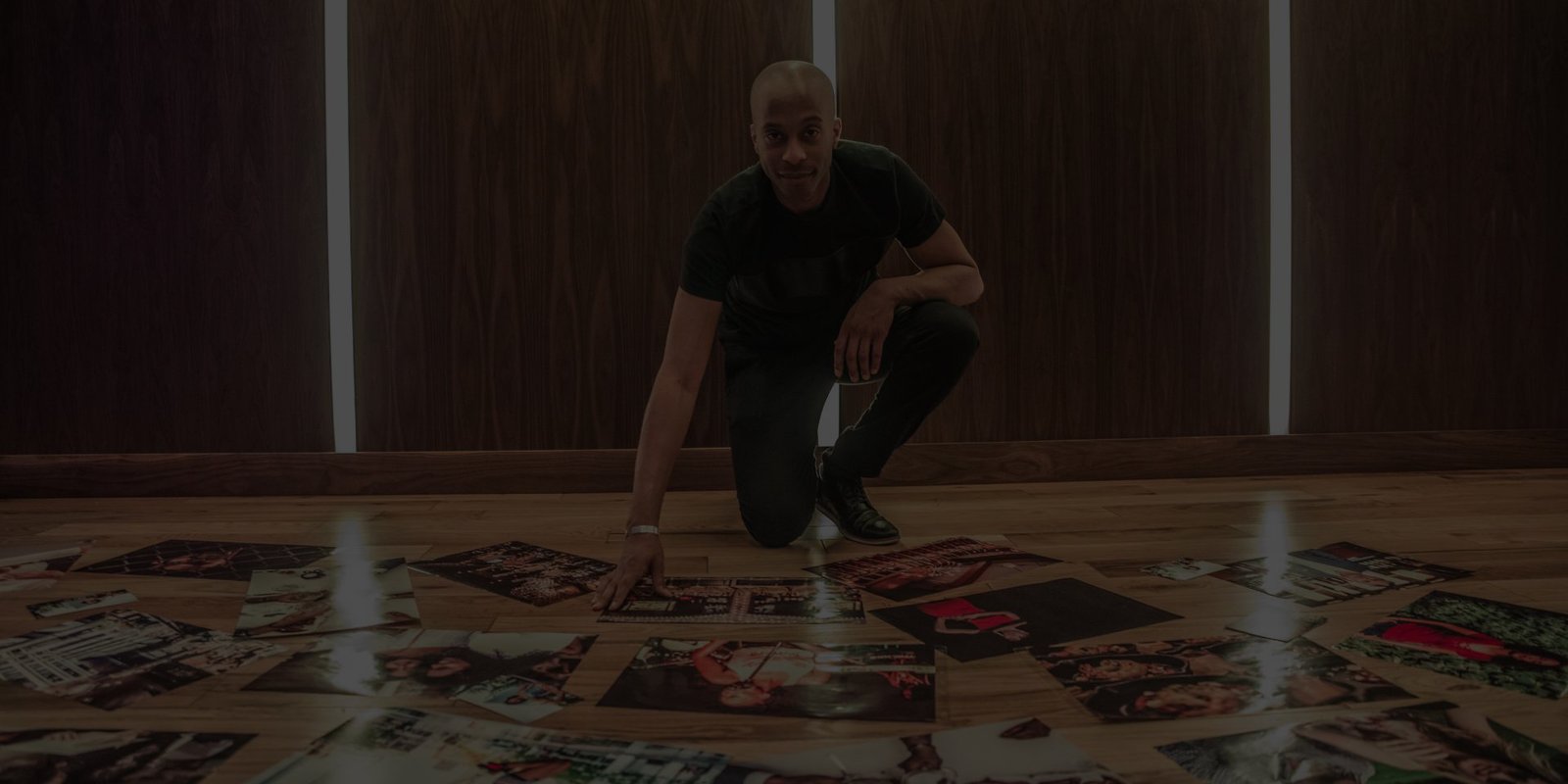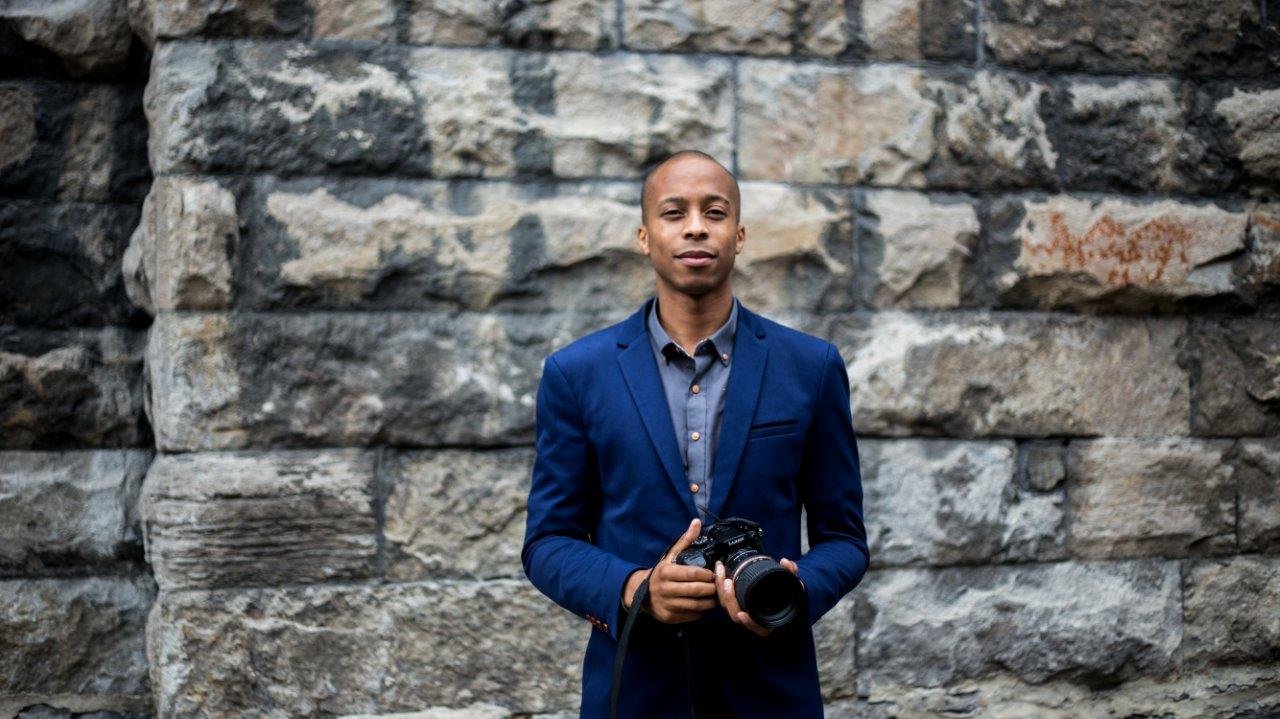
Bringing Real Stories to Life: The Art of Documentary Filmmaking in 2025
Documentary filmmaking stands as one of the most powerful mediums for storytelling, capturing real-life narratives that inform, inspire, and move audiences. As we navigate 2025’s evolving media landscape, the art of documentary filmmaking continues to blend traditional storytelling techniques with cutting-edge technology and innovative approaches.
The Essence of Documentary Storytelling
Documentary filmmaking is more than just pointing a camera at reality – it’s the art of weaving authentic narratives that resonate with audiences while maintaining the highest standards of ethical storytelling. This delicate balance requires careful consideration of both technical expertise and human sensitivity.
Pre-Production: Building the Foundation
Research and Development
The journey of documentary filmmaking begins long before cameras start rolling. This crucial phase involves:
Deep Subject Immersion
Understanding the story’s core elements requires extensive research and relationship building with subjects. We spend considerable time getting to know the people and environments we’ll be documenting, establishing trust and understanding the nuances of their stories.
Ethical Considerations
Every documentary project demands careful consideration of ethical implications. This includes obtaining proper consent, ensuring subject comfort, and maintaining transparency about how the story will be told. We develop clear guidelines for interaction with subjects and handling sensitive information.
Story Structure Development
While documentaries capture real life, they still need a compelling narrative structure. During pre-production, we outline potential story arcs while remaining flexible enough to adapt to unexpected developments. This includes:
Identifying key narrative threads
Planning interview strategies
Mapping potential scene sequences
Anticipating critical moments
Production: Capturing Authentic Moments
Technical Excellence
Professional documentary filmmaking requires state-of-the-art equipment and expertise:
Camera Systems
We utilize professional 4K and 8K camera systems that deliver cinema-quality footage while remaining unobtrusive enough to capture authentic moments. Our gear selection includes:
Primary cinema cameras for main coverage
Secondary cameras for alternative angles
Specialized equipment for unique situations
Stabilization systems for smooth movement
Audio Recording
Superior sound quality is crucial for documentary storytelling:
Professional wireless microphone systems
High-end boom microphones
Multiple audio recording backups
Environmental sound capture
Lighting Solutions
Natural-looking lighting that enhances rather than disrupts:
LED panel systems for interviews
Portable lighting kits for field work
Light modifiers for various conditions
Battery-powered solutions for remote locations
Filming Approach
Our documentary filming philosophy centers on:
Observational Excellence
Capturing genuine moments requires a delicate balance of presence and invisibility. Our crews are trained to:
Anticipate key moments
Position themselves unobtrusively
React quickly to developing situations
Maintain subject comfort
Interview Techniques
Professional interview capture involves:
Creating comfortable environments for subjects
Using appropriate questioning techniques
Maintaining eye contact and engagement
Capturing natural reactions and emotions
Post-Production: Crafting the Narrative
Editorial Process
The post-production phase transforms raw footage into a compelling narrative:
Content Organization
With potentially hundreds of hours of footage, proper organization is crucial:
Detailed logging of all material
Transcription of interviews
Scene categorization
Metadata management
Story Construction
Building the narrative requires:
Creating paper edits
Developing rough cuts
Refining story structure
Incorporating feedback
Technical Finishing
Professional polish ensures the final product meets the highest standards:
Color Grading
Advanced color correction and grading:
Scene-to-scene color matching
Mood enhancement through color
Technical correction
HDR optimization when applicable
Sound Design
Comprehensive audio post-production:
Interview audio cleanup
Ambient sound design
Music integration
Final mix optimization
Ethical Considerations in Documentary Filmmaking
Subject Relations
Maintaining ethical relationships with subjects involves:
Informed Consent
Ensuring subjects fully understand:
How their story will be told
Where the film will be shown
Their rights regarding the footage
Any potential implications of participation
Ongoing Communication
Maintaining transparency throughout:
Regular updates on progress
Preview opportunities
Discussion of sensitive content
Clear expectations management
Truth in Storytelling
Maintaining documentary integrity while crafting engaging narratives:
Factual Accuracy
Ensuring all information presented is:
Thoroughly fact-checked
Properly contextualized
Accurately represented
Ethically sourced
Balanced Perspective
Presenting multiple viewpoints when appropriate:
Including diverse voices
Addressing counterarguments
Providing context
Avoiding manipulation
Distribution and Impact
Platform Strategy
Maximizing reach through multiple channels:
Traditional Distribution
Film festivals
Theatrical releases
Television broadcast
Educational institutions
Digital Platforms
Streaming services
Online platforms
Social media
Virtual reality experiences
Impact Measurement
Tracking the documentary’s influence:
Audience Engagement
Viewing statistics
Audience feedback
Social media response
Critical reception
Social Impact
Community response
Policy influence
Behavioral changes
Educational value
Future Trends in Documentary Filmmaking
Technological Advances
Emerging technologies shaping documentary production:
Virtual Reality Integration
Immersive storytelling
Interactive elements
360-degree capture
Mixed reality experiences
AI Applications
Automated transcription
Content organization
Pattern recognition
Enhanced search capabilities
Storytelling Evolution
Emerging technologies shaping documentary production:
Virtual Reality Integration
Immersive storytelling
Interactive elements
360-degree capture
Mixed reality experiences
AI Applications
Automated transcription
Content organization
Pattern recognition
Enhanced search capabilities
Creating Authentic Connections
New approaches to documentary narrative:
Interactive Storytelling
Branching narratives
Audience participation
Multi-platform experiences
Real-time elements
Hybrid Formats
Animation integration
Mixed media approaches
Experimental techniques
Cross-platform storytelling
Documentary filmmaking in 2025 represents a powerful confluence of traditional storytelling principles and modern technical capabilities. Success in this field requires not only technical expertise and high-end equipment but also a deep understanding of human nature and ethical storytelling principles.
The key to creating impactful documentaries lies in maintaining a balance between professional production values and authentic human connection. By combining careful pre-production planning, skilled technical execution, and thoughtful post-production, documentaries can bring real stories to life in ways that resonate deeply with audiences while maintaining the highest standards of ethical filmmaking.


